Have you ever looked into your cat’s eyes and just known something was wrong, even though they act like they couldn’t care less? Cats are mysterious little souls. They curl up in the softest corners, quietly purr behind closed doors, and often hide their hurt or worry beneath a brave, silent mask. But just because a cat doesn’t ask for comfort doesn’t mean it doesn’t need it. Learning to spot the signs and know what to do can make all the difference in your cat’s life—and bring you closer than ever to your feline friend.
Understanding Your Cat’s Silent Language

Cats are world-class at hiding their feelings. Unlike dogs, who wag their tails and lick your face when they need something, cats tend to keep things close to the vest. They might show you subtle signs—like a flick of the tail, a change in how they walk, or even just a different look in their eyes. It’s almost like they’re speaking in code. Paying close attention to these signals is crucial if you want to comfort a cat who won’t come right out and ask for help. Sometimes, just noticing the tiniest change can be a sign your cat needs you more than ever.
Recognizing the Subtle Signs of Distress

Some cats become quieter than usual, while others might hide under the bed or in a closet. You may notice your cat eating less, grooming obsessively, or suddenly avoiding your touch. Even a change in their sleeping spot can be a silent cry for comfort. These changes, though easy to overlook, are your cat’s way of letting you know something’s off. Trust your gut—if your cat feels “different,” it’s time to pay extra attention.
Creating a Safe and Calm Space

A stressed or sad cat craves security. Make sure your home has a cozy spot where your cat can retreat and feel safe. Soft blankets, a quiet corner, or even a favorite cardboard box can work wonders. Avoid loud noises and sudden changes in their environment, as these can make anxiety worse. Creating a calm space isn’t just about physical comfort—it’s about showing your cat that the world can be peaceful, even when things get tough.
Using Your Presence to Reassure

Sometimes, the best comfort you can offer is simply being nearby. Sit quietly in the room where your cat is hiding or resting. Don’t force interaction—just let your cat know you’re there if needed. Your steady presence can be incredibly reassuring, like a gentle lighthouse in a storm. Over time, your cat may come closer on its own, drawn by your quiet patience.
Respecting Their Boundaries

It’s tempting to scoop up your cat and smother it with love when you sense something’s wrong. But for many cats, this can be overwhelming. Respect your cat’s need for space. If your cat only wants to be near you but not touched, honor that. Think of it like comforting a friend who just needs someone to sit beside them in silence. Sometimes, less is more.
Soft Words and Soothing Sounds

Cats are sensitive to tone and volume. Speaking softly to your cat, using gentle, calm words, can make a big difference. Reading a book out loud or humming a quiet tune can also help create a soothing atmosphere. Your voice can be a source of comfort, like a lullaby that tells your cat everything will be okay.
Offering Gentle Physical Contact

If your cat allows, a light stroke on the head or a gentle scratch behind the ears can be deeply comforting. Watch your cat’s reactions—if they lean in or purr, keep going. If they pull away, respect that and stop. Some cats find comfort in being brushed, while others prefer just a warm hand resting nearby. Pay attention to what your cat likes best.
Using Familiar Scents and Objects

Cats are deeply connected to their environment through scent. Placing your cat’s favorite blanket, toy, or even an unwashed T-shirt of yours nearby can help them feel secure. These familiar smells can be like a comforting hug, reminding your cat of happier, safer times. Sometimes, it’s the little things that make the biggest difference.
Establishing a Predictable Routine

Cats thrive on routine. Feeding, playing, and cuddling at the same times each day can provide a sense of stability. When your cat knows what to expect, it can help reduce anxiety and build trust. Even small rituals, like a nightly treat or a morning scratch, can be powerful signals of comfort and reliability.
Encouraging Gentle Play
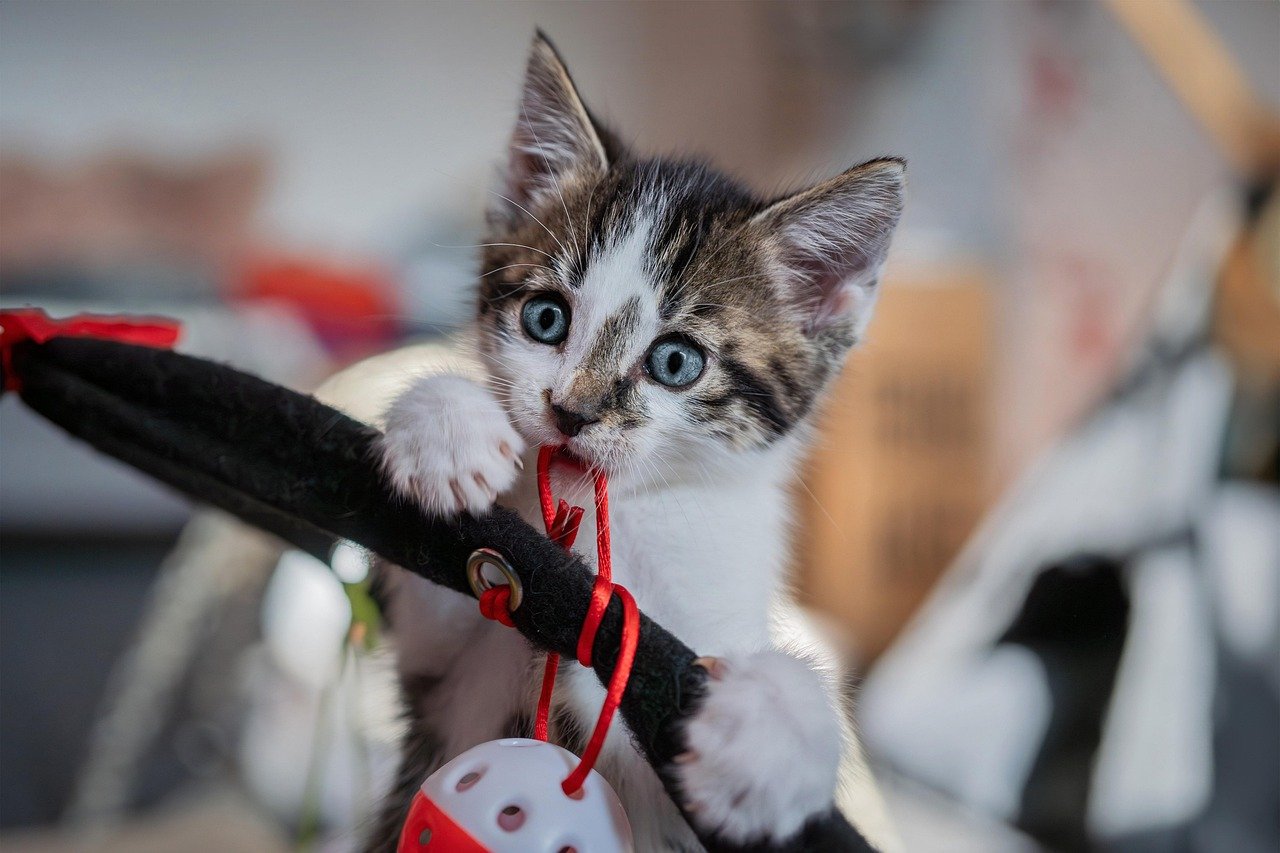
Play is a natural stress reliever for cats. Offer your cat a favorite toy, like a feather wand or a crinkly ball, and see if they want to join in. Even if your cat only watches from a distance, the invitation alone can be comforting. Play is more than just fun—it’s a way to reconnect and remind your cat that life can still be joyful.
Providing Comfort Through Food

Sometimes, a special treat can coax a cat out of its shell. Offer a bit of their favorite food, but don’t force it. The act of eating can be soothing and provide a small moment of pleasure in a difficult time. If your cat refuses food for more than a day, though, it’s time to check in with your vet.
Watching for Physical Health Issues

Changes in behavior can sometimes signal a hidden health problem. If your cat’s distress continues, or if you notice symptoms like limping, vomiting, or changes in litter box habits, a visit to the vet is essential. Physical pain can make a cat withdraw, so never ignore ongoing or severe changes. Your watchful eye could save your cat from unnecessary suffering.
Using Calming Products Wisely
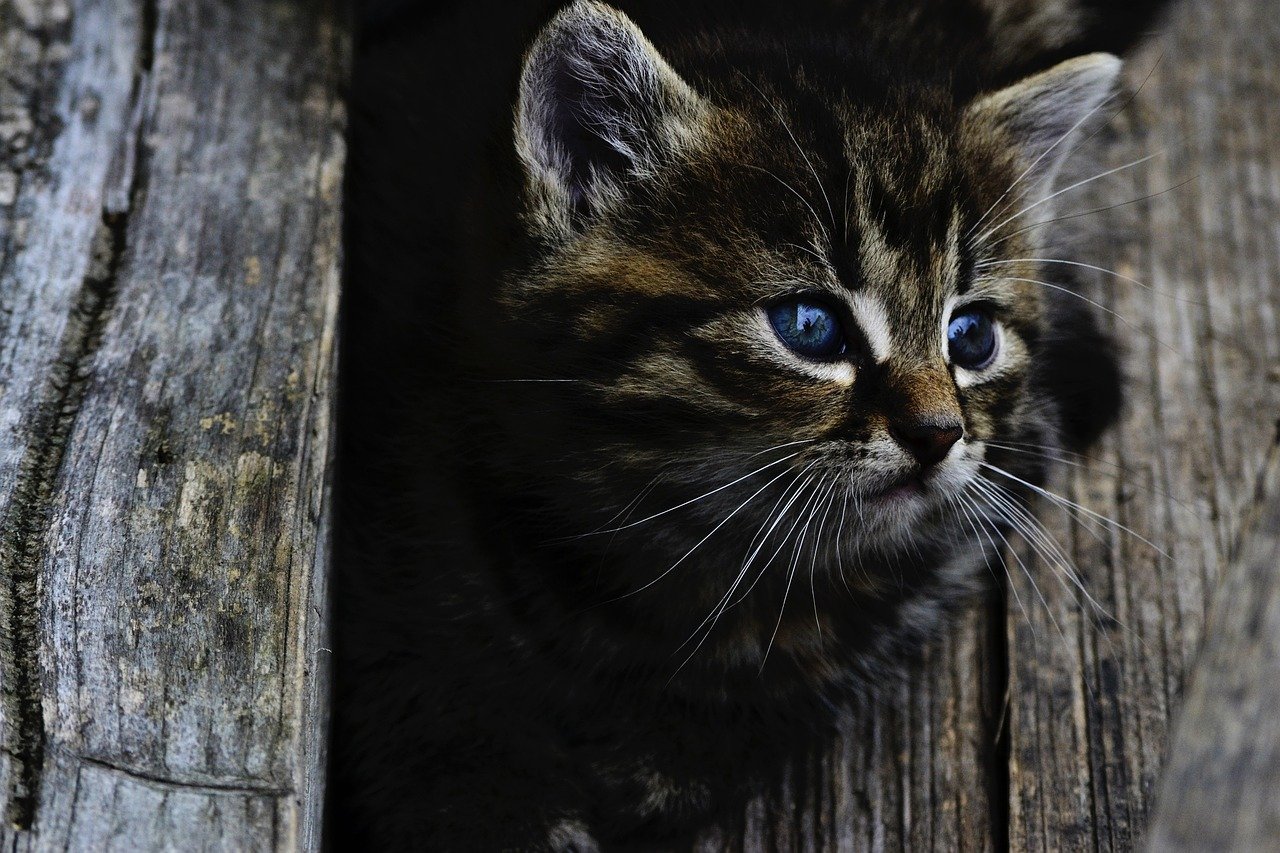
There are products designed to help cats feel safe, like pheromone sprays, diffusers, or calming collars. These can be useful tools, especially during stressful times like moving or after a big change in the household. Always introduce new products slowly and observe your cat’s reaction. What works for one cat might not work for another.
Connecting Through Eye Contact
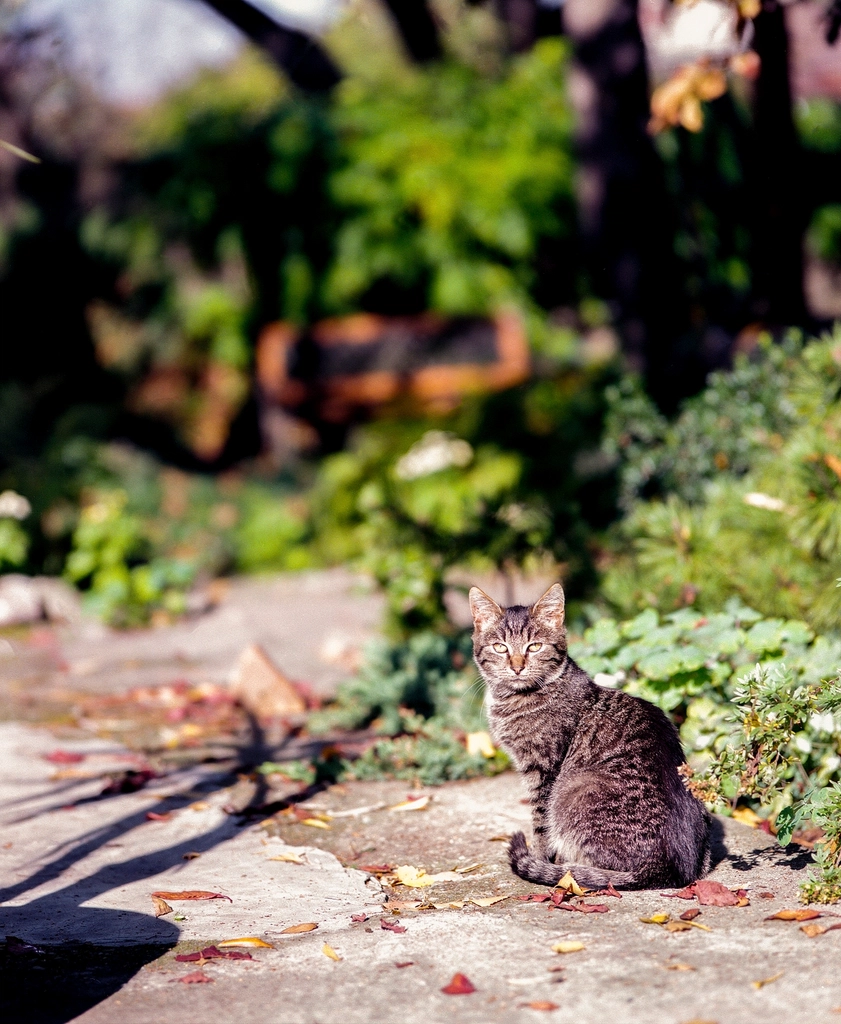
For cats, eye contact is a big deal. A slow blink from you can be like saying, “I love you, and you’re safe.” Try sitting quietly and looking at your cat, then slowly closing and opening your eyes. If your cat blinks back, it’s a sign of trust and comfort. This simple gesture can help bridge the emotional gap without any words at all.
Recognizing the Importance of Patience

Comforting a cat who won’t ask for help takes time. Don’t rush the process or expect instant results. Every cat heals at its own pace. Be patient, gentle, and consistent. It’s like tending a garden—you might not see the flowers right away, but your steady care will help them bloom when they’re ready.
Engaging in Muted Playfulness

Not all comfort is quiet and still—sometimes, a little playful energy can lift a cat’s spirits. If your cat is up for it, try dragging a string or tossing a favorite toy at a gentle pace. Keep things calm and non-threatening. Even a short, soft play session can bring a spark of happiness back into your cat’s eyes.
Inviting, Not Insisting on, Interaction
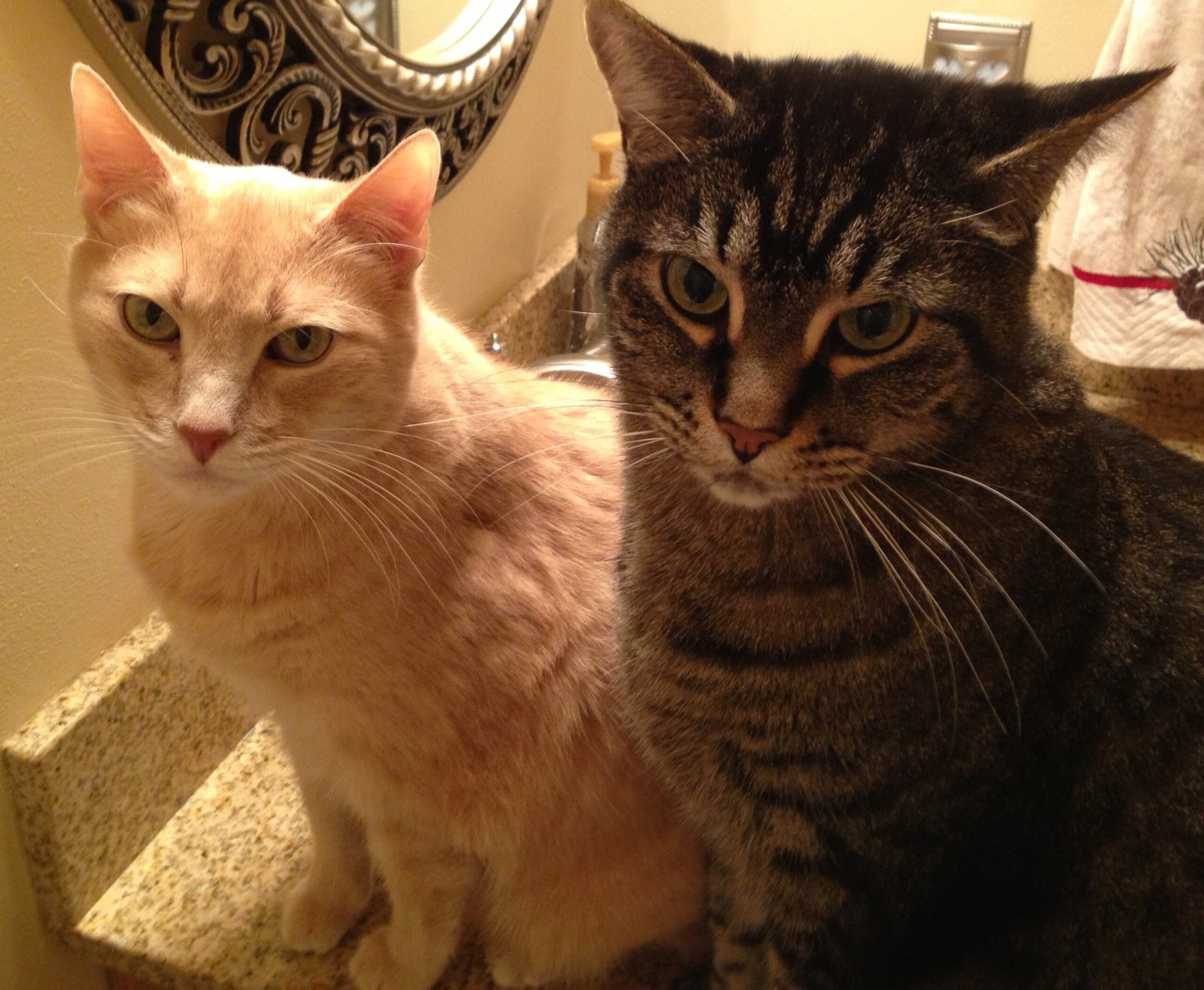
Let your cat come to you in their own time. Sit on the floor, read a book, or just relax in the same room. Your cat might choose to approach, brush against your leg, or curl up beside you. Celebrate these small acts of trust—they’re signs your cat feels safe enough to seek comfort on their own terms.
Listening to Their Unique Needs
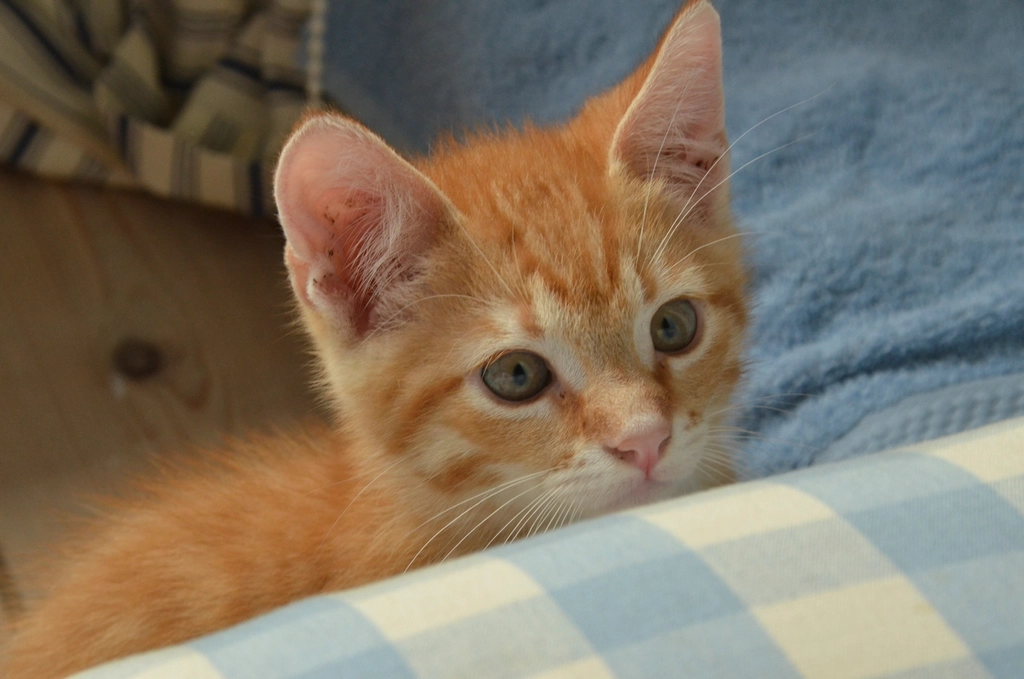
Every cat is different. Some love to be held and snuggled, while others find comfort in quiet companionship. Pay attention to what your cat prefers. Maybe your cat feels safest when you sing softly, or maybe they just want you nearby as they nap. Adapting your approach to fit your cat’s personality is the ultimate act of love.
Building Trust Over Time
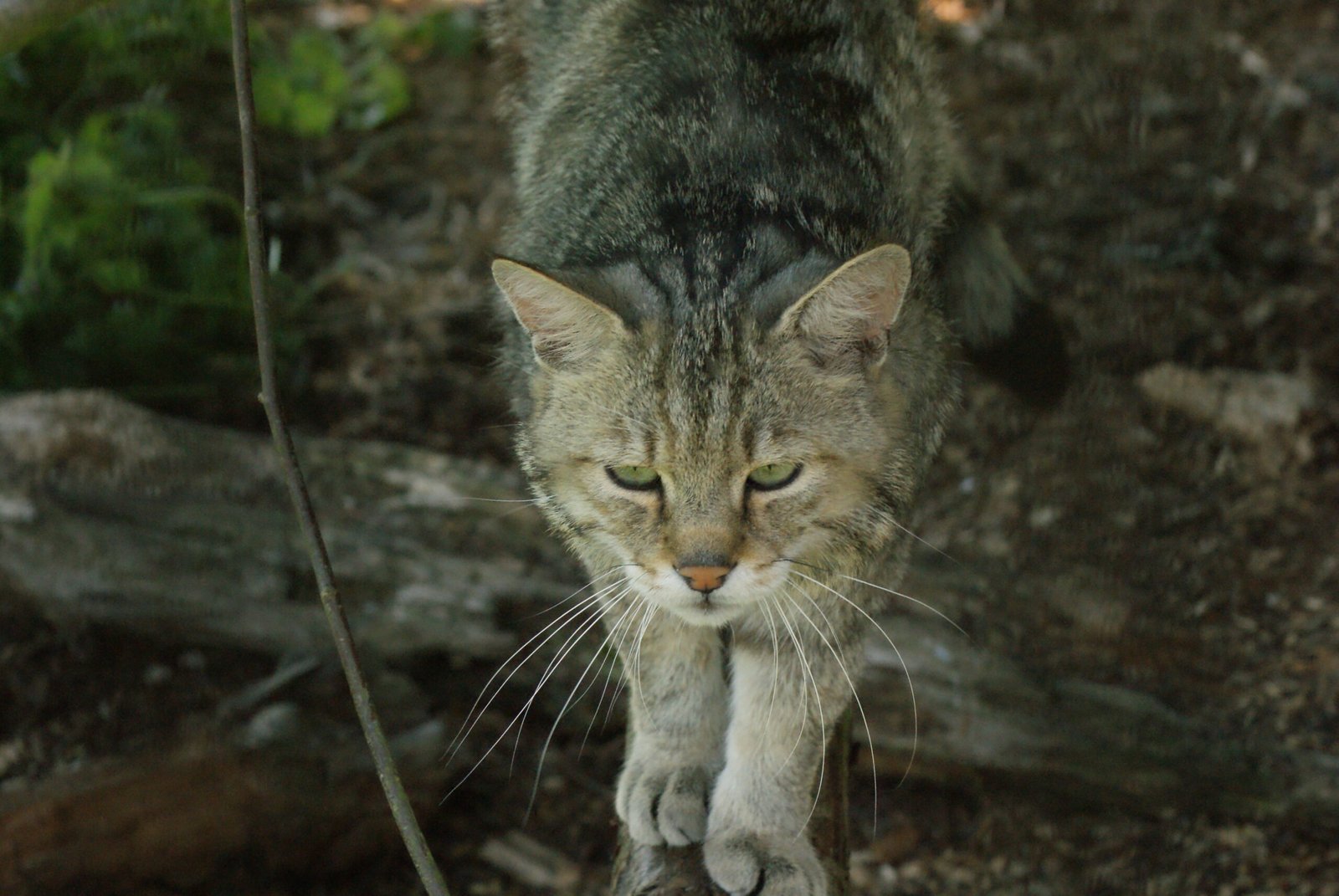
Trust doesn’t happen overnight, especially with a cat who feels vulnerable. Every gentle gesture, every moment of patience, helps build a stronger bond. Remember that your cat notices your efforts, even if they don’t always show it right away. Consistency, kindness, and respect are the building blocks of true comfort.
Seeking Support When Needed

Sometimes, despite your best efforts, your cat may not improve. Don’t hesitate to reach out for help—from a veterinarian, animal behaviorist, or even fellow cat lovers. There’s no shame in asking for support. Your willingness to seek help shows just how much you care, and it can make all the difference for your cat’s well-being.
Celebrating Small Victories

Every little step forward is a reason to celebrate. The first purr, the first time your cat curls up in your lap again, or even just a slow blink in your direction—these are moments of trust rebuilt. Take joy in these small signs of comfort and connection. They’re proof that your love and patience are making a real difference in your cat’s life.
Hi, I’m Bola, a passionate writer and creative strategist with a knack for crafting compelling content that educates, inspires, and connects. Over the years, I’ve honed my skills across various writing fields, including content creation, copywriting, online course development, and video scriptwriting.
When I’m not at my desk, you’ll find me exploring new ideas, reading books, or brainstorming creative ways to solve challenges. I believe that words have the power to transform, and I’m here to help you leverage that power for success.
Thanks for stopping by, Keep coming to this website to checkout new articles form me. You’d always love it!






